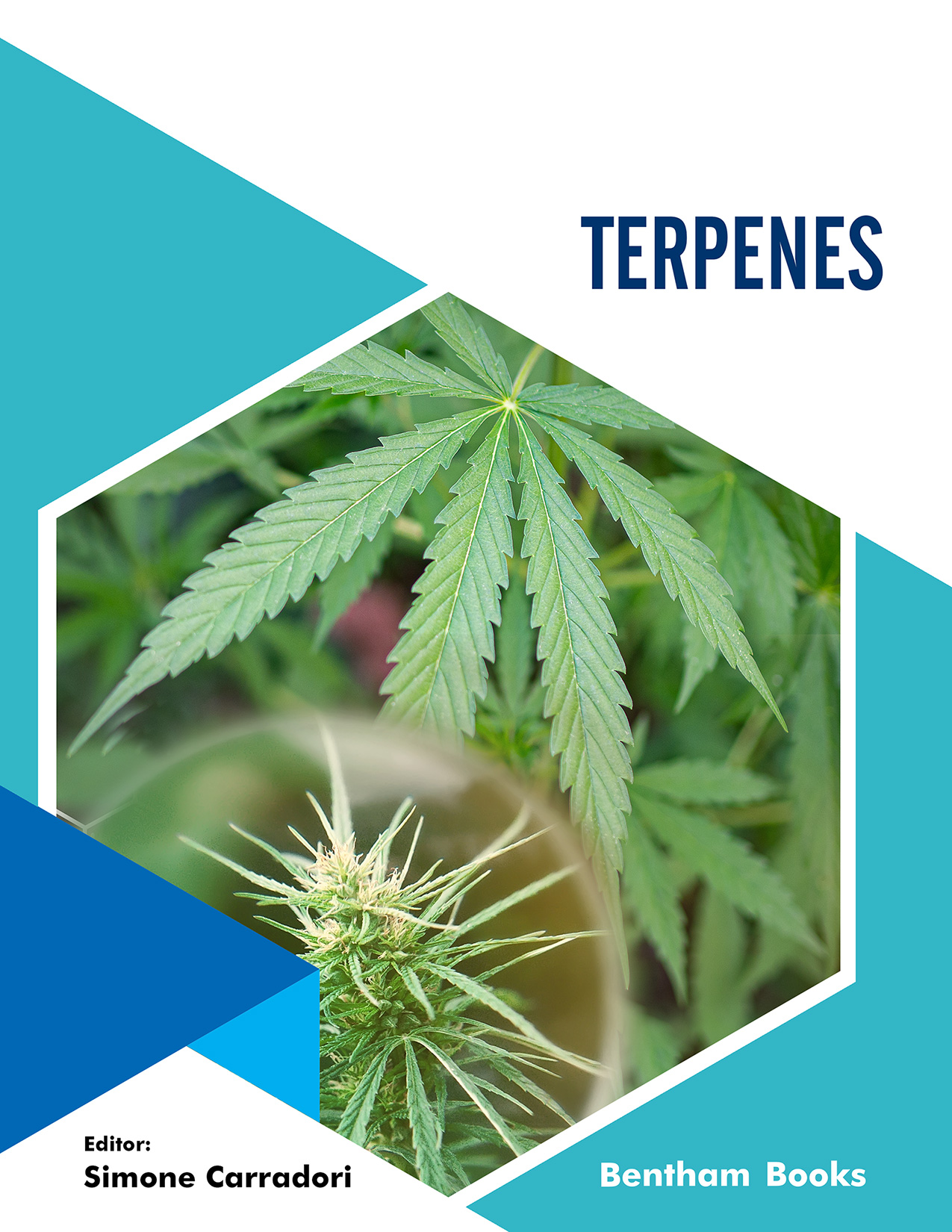Introduction
Medicinal chemists around the world have been inspired by nature and have successfully extracted chemicals from plants. Research on enzymatic modifications of naturally occurring compounds has played a critical role in the search for biologically active molecules to treat diseases.
This book set explores compounds of interest to researchers and clinicians. It presents a comprehensive analysis about the medicinal chemistry (drug design, structure-activity relationships, permeability data, cytotoxicity, appropriate statistical procedures, molecular modelling studies) of different compounds. Each chapter brings contributions from known scientists explaining experimental results which can be translated into clinical practice.
Volume 2 gives (1) a detailed overview of the sesquiterpenes polypharmacology, (2) an interesting journey around the world of cannabinoids that reveals the development of new synthetic Δ9-THC derivatives, (3) the design of specific formulations to overcome the volatility of small sized terpenes-based essential oils, (4) an update on the latest generations of endoperoxides endowed with antimalarial activity and finally (5) a summary of MedChem strategies to fix the most common issues in formulating terpene derivatives (like low potency and poor solubility).
The objective of this book set is to fulfill gaps in currently acquired knowledge with information from the recent years. It serves as a guide for academic and professional researchers and clinicians.

